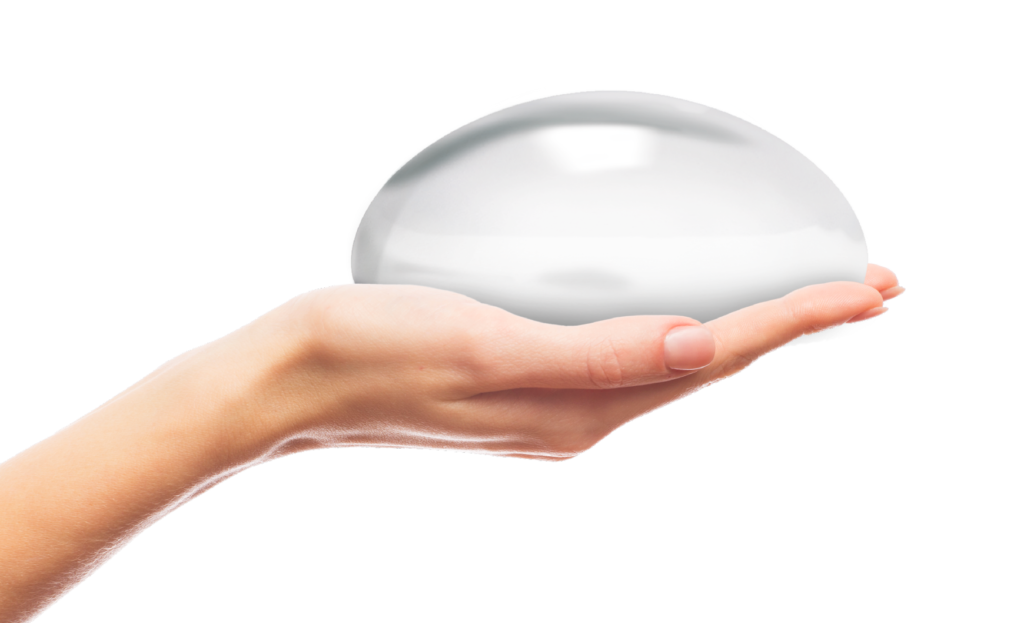After the procedure, the patient recovers in the recovery room (between 1 and 2h). Then, the operation requires a short hospital stay of 1 to 3 days. Allow 5-10 days of rest after the procedure.
These periods of time may vary slightly depending on the surgeon’s surgical protocol, the procedure chosen or the need for an additional procedure (ptosis repair…). In some cases, the procedure may be performed on an outpatient basis with a very short hospital stay (the patient comes in and leaves the same day).
Find out what you need to know for your return at home: usual post-operative follow-up, tests for monitoring…

Usual post-operative follow-up
Immediately after surgery, a dressing is applied with a tight (compressive) bandage to prevent the implants from moving. One or two days after the surgery, the dressing can be changed and replaced by a new one with a high support bra* which should be worn day and night.
You will experience breast pain for a few days after the procedure. Although the sutures are removed on the seventh day, it is important to know that the breasts remain very swollen due to oedema and are likely to feel tight on the pectoral muscle.
You should avoid extensive arm movements in the first few days. You should wait at least three days before resuming normal activities, while taking certain precautions (avoid driving for the first two weeks, avoid carrying heavy loads, avoid sports for 6 weeks).
*Wearing a non-wired, front-opening compression bra is recommended for approximately 1 month. Your surgeon and you will choose your bra depending on the procedure method and your anatomy.
Follow-up
To detect complications as soon as possible, regular monitoring performed by a specialist practitioner is advised after the breast implant procedure.
Post-operative follow-up is critical for detecting damaged or worn-out implant. Your surgeon will schedule a follow-up visit a few days after the procedure and then several consultations during the first year. The recommended consultation frequency is 1 month, 3 months, 6 months and 12 months after the procedure then every year, even if there are no implant-related symptoms.
Some simple tests are able to monitor women’s health. A regular breast cancer screening usually performed for any woman can also detect a breast implant rupture or leak.



Mammogram
This is the reference test for monitoring the breast. The test takes an X-ray image of each breast from the front and the side to view the entire mammary gland. Mammograms are used to detect early stage breast cancer. The test is used to look for anomalies such as opacities or micro calcifications.
It should be performed at any age at the slightest sign or when the breast is too difficult to examine. The radiology technician must be informed when breast implants are present because this changes the imaging protocol considerably and the test itself can rupture the implant (by compression).
Magnetic resonance imaging
MRI uses a magnetic field and non-ionising radiofrequency waves. Due to its precision, it is used in addition to mammograms for screening women with implants. It can also check whether breast implants have ruptured or leaked.
Once again, the technician must be informed when breast implants are present.


